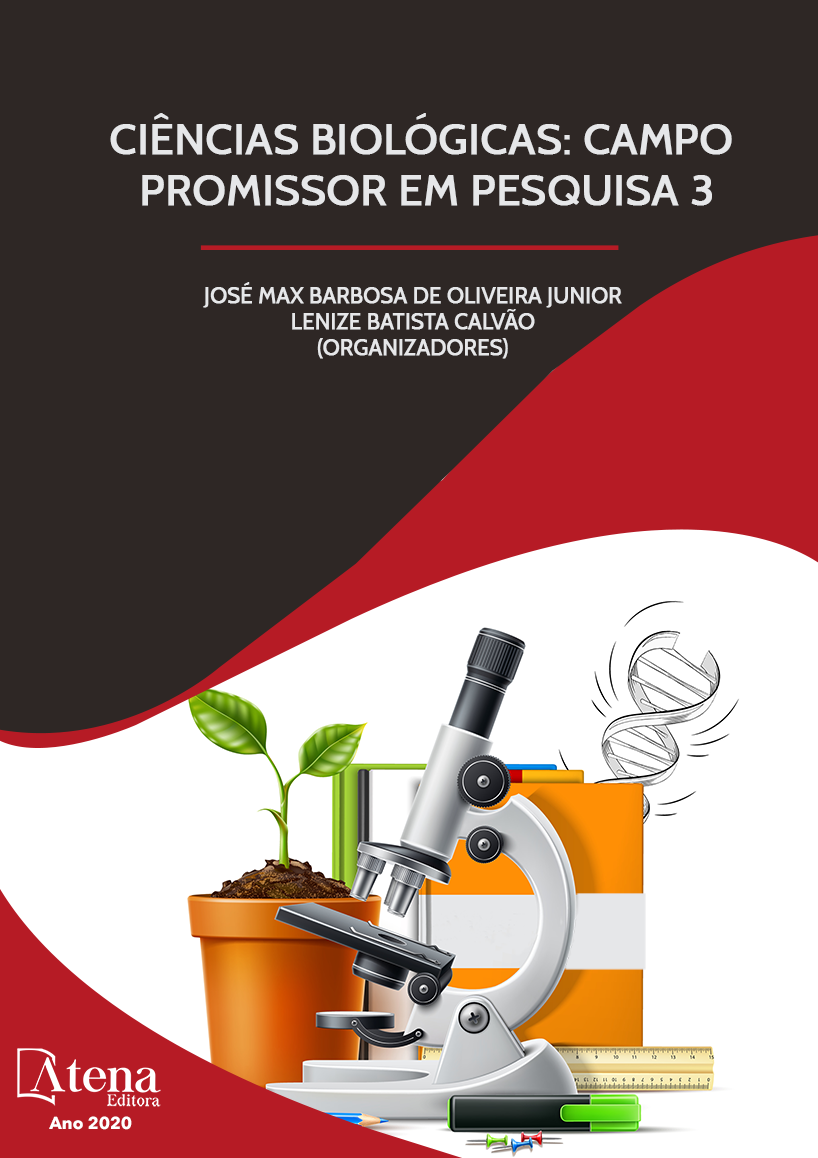
ANÁLISE IN SILICO DO GENOMA DA MANDIOCA (MANIHOT ESCULENTA CRANTZ) PARA O EXTREMO SUL DA BAHIA: IDENTIFICAÇÃO DE MARCADORES MOLECULARES E GENES CANDIDATOS PARA ESTUDO DE EXPRESSÃO GÊNICA
A mandioca (Manihot esculenta Crantz) é um dos alimentos mais básicos do mundo, compondo fonte de carboidratos e estando presente na alimentação de milhões de pessoas nos países em desenvolvimento. O Nordeste brasileiro responde por 24% da produção nacional de mandioca, em cuja região Extremo Sul no estado da Bahia encontra-se em uma situação inferior à média estadual, no qual o cultivo é feito quase em toda sua totalidade por agricultores familiares. Com o objetivo principal de alcançar o aumento da produtividade da mandioca, vê-se que a introdução de novas variedades, adaptadas às condições edafoclimáticas locais é um dos meios para se promover esta melhoria e aumentar o rendimento da mandiocultura. Por isso, é necessário um esclarecimento sobre a variabilidade genética desses acessos, para que se tenha uma melhor eficiência e clareza de quais deles serão incluídos na etapa de avaliação agronômica. Com o sequenciamento da mandioca aliado ao uso de ferramentas da bioinformática é possível o desenvolvimento de novas ferramentas moleculares ainda limitadas para essa cultura na região. Estes dados genômicos são uma incrível fonte para identificação de polimorfismos (microssatélites-SSRs) podendo ser utilizados para seleção assistida por marcadores moleculares (SAM). Desta forma, como ponto de partida para desenvolvimento de futuros projetos de pesquisa envolvendo o estudo da variabilidade genética e expressão de genes da Mandioca no Extremo Sul da Bahia, este projeto teve por objetivo a identificação de marcadores moleculares e de genes candidatos para o estudo de expressão gênica, utilizando dados Genômicos e Transcriptônicos da Manihot esculenta Crantz.
ANÁLISE IN SILICO DO GENOMA DA MANDIOCA (MANIHOT ESCULENTA CRANTZ) PARA O EXTREMO SUL DA BAHIA: IDENTIFICAÇÃO DE MARCADORES MOLECULARES E GENES CANDIDATOS PARA ESTUDO DE EXPRESSÃO GÊNICA
-
DOI: 10.22533/at.ed.2572016014
-
Palavras-chave: Bioinformática. Genoma. Mandiocultura.
-
Keywords: Bioinformatics. Genome. Mandioculture.
-
Abstract:
Cassava (Manihot esculenta Crantz) is one of the most basic foods in the world, making up the carbohydrate source and being present in the diet of millions of people in developing countries. The Brazilian Northeast accounts for 24% of the national production of cassava, in whose the far southern region of Bahia state, which is lower than the state average, where the cultivation is practiced almost entirely by family farmers. For the purpose of increasing productivity of cassava, it is seen that the introduction of new varieties, adapted to the local edaphoclimatic conditions, is one of the means to promote this improvement and increase the yield of cassava crop. Therefore, it is necessary to clarify the genetic variability of these accesses, in order to have a better efficiency and clarity of which will be included in the agronomic evaluation stage. With the sequencing of cassava combined with the use of bioinformatics tools, it is possible to develop new moleculares tools that are still limited for this crop in the region. These genomic data are an incredible source for identification of polymorphisms (microsatellites-SSRs) and can be used for molecular marker assisted selection (MAS). Thus, as a starting point for the development of future research projects involving the study of genetic variability and expression of cassava genes in the far southern region of Bahia, this project aimed to identify molecular markers and candidate genes for the study of gene expression, using Genomic and Transcriptonic data from Manihot esculenta Crantz.
-
Número de páginas: 11
- Lívia Santos Lima Lemos
- Breno Meirelles Costa Brito Passos
- Jeilly Vivianne Ribeiro da Silva Berbert de Carvalho
- Tamy Alves de Matos Rodrigues


